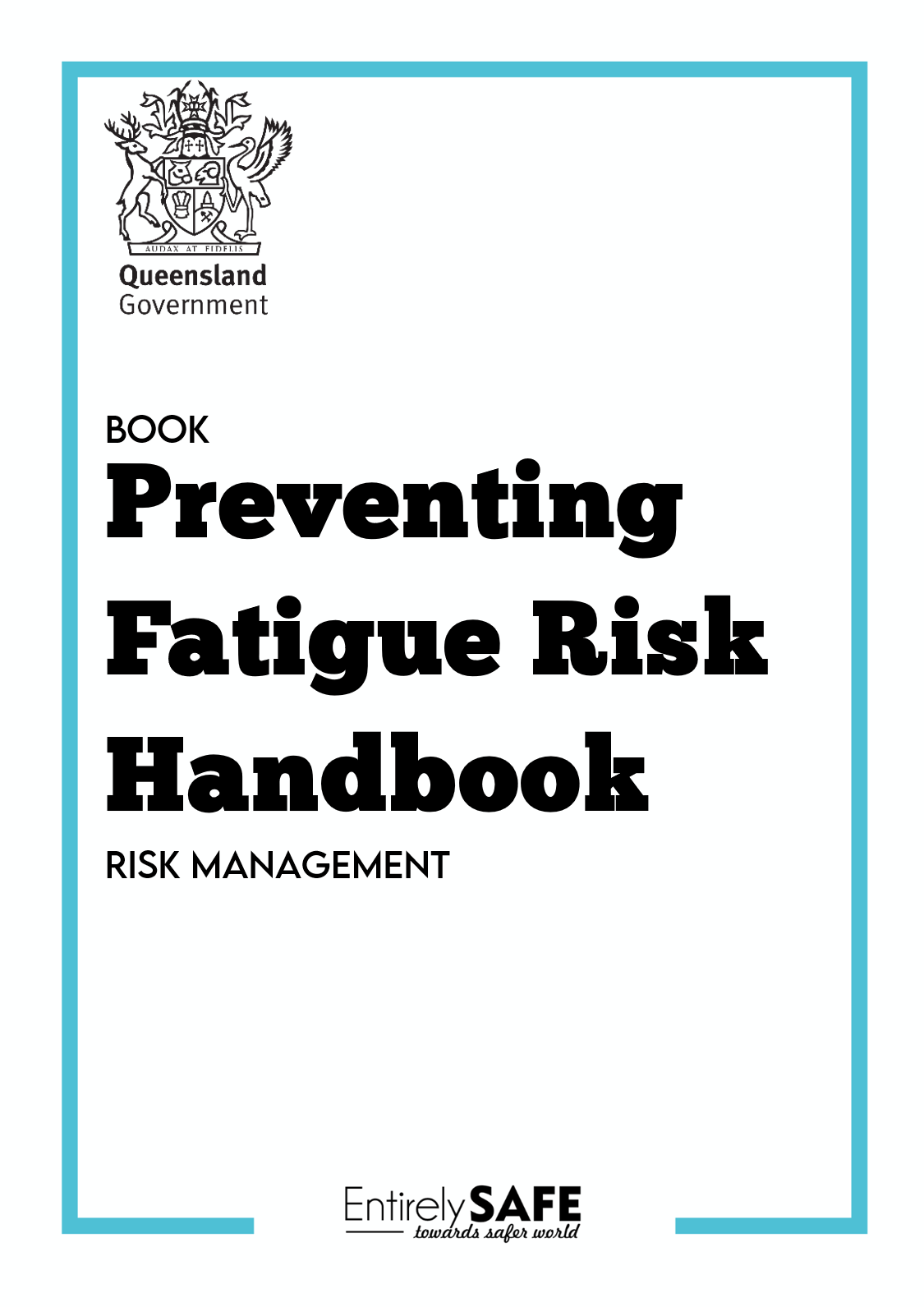Preventing and Managing Fatigue-Related Risk Handbook
The prevention and management of fatigue-related risk in the workplace is a work health and safety (WHS) issue that requires a multi-faceted organizational approach. Employers have a primary duty of care to identify and control (eliminate and minimize) fatigue-related risks.
This handbook aims to help employers understand their duties under the Work Health and Safety Act 2011 (WHS Act). It provides guidance on how to:
- identify hazards and risks related to fatigue
- consult and communicate with workers
- eliminate and minimize risks
- respond to and learn from incidents involving fatigue to improve prevention efforts.
The handbook has been designed as a resource for managers, supervisors, health and safety representatives (HSRs), and others involved in developing strategies to control fatigue-related risk in the workplace.
What is fatigue?
Fatigue is more than feeling tired and drowsy. In a work context, fatigue is a state of mental or physical exhaustion that reduces a person’s ability to perform work safely and effectively. Fatigue is a condition that can result from excessive work, inadequate or disturbed sleep, physical exertion, mental exertion, or prolonged waking times. Fatigue can be, in some cases, a natural response to the mental and physical effort of everything we do. Adequate sleep is essential for reducing fatigue and promoting recovery. Signs and symptoms of fatigue can typically be grouped into three categories, physical, cognitive, and emotional. It is important to note however that these signs and symptoms may be due to causes other than fatigue. Furthermore, some individuals may experience different symptoms of fatigue than others.
ID:
115
Version:
1
File Type:
Size:
0.5 Mb
Organization:
Queensland Government
Published:
2020
Country:
Australia
Type:
Guideline
Pages:
51 pages
Language:
English [EN]








